Who’s Aphea.Bio?
Aphea.Bio, a spin-off of VIB, develops a new generation of biostimulants and biocontrol products based on natural micro-organisms, i.e. micro-organisms that stimulate crop growth, for example through promoting the uptake of nutrients from the soil.
We concentrate on products that help reduce fertilizer application (biostimulants) and control fungal diseases (biocontrol agents) in maize and wheat in a sustainable way. Biologicals can complement or substitute agricultural chemical products and lead to a more sustainable agriculture. The effects of our biological products are evaluated in our laboratories, greenhouses and finally tested in different environments at field conditions in crops like wheat, maize and barley.
Assistance from drones
During the growing season 2019 the Aphea.Bio’s micro-organisms received assistance from an unexpected angle: drones. We already knew that drones are very efficient and reliable in determining for instance, the overall health status (NDVI) and height/biomass of crops, but we wanted to see which other traits and environmental information can be measured using drone imagery.
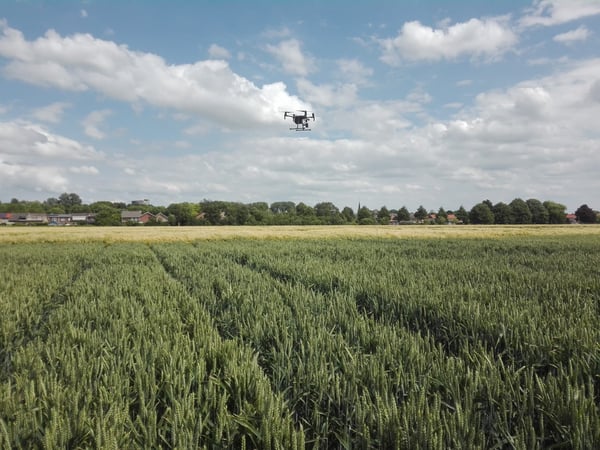
Drone flights over Aphea.Bio field trials in Belgium and France
For instance, “canopy coverage index” (CCI) is an interesting trait to study the effects of biostimulant products on early plant growth. Crops with high CCI intercept more light and accumulate more biomass, a trait closely related with grain yield. However, CCI is a trait difficult to measure with traditional methods.
During the last growing season we performed several drone flights and used the mapEO platform to follow up our field trials in Belgium and France to monitor:
- plant emergence
- tillering
- flowering
- maturity stage
Without any prior knowledge on this drone technology we were able to see first-hand when, how and in what magnitude the biostimulants affect plant growth in our experiments.
Evaluate plant growth at early stages
Multispectral drone imagery allowed us to calculate the CCI and display plot statistics in a user-friendly, comprehensive and personalized online dashboard. All these statistics, gathered during multiple missions between plant emergence and end of tillering, showed differences in CCI among different biostimulants.
This information is of course extremely valuable for us to support the selection of the best candidates for further development. Therefore, drone based CCI appears to be a promising tool to evaluate plant growth at early stages, without the necessity of visual assessments or destructive sampling.
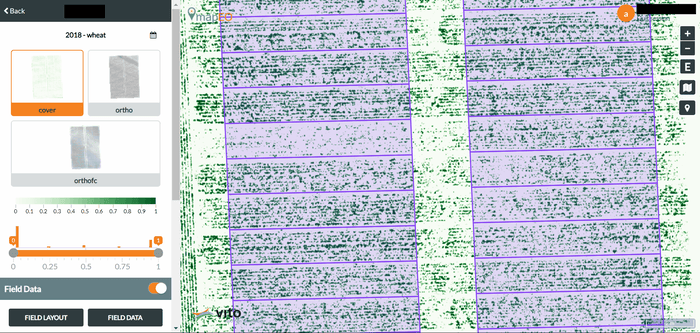
Wheat growth visualized in the mapEO platform
Next to the plant growth we also performed some tests for spike counting. For this, we combined very high-resolution RGB imagery (1 mm) and convolutional neural networks (F-RCNN) showing some promising results. We were able to detect individual spikes and quantify the number of spikes per square meter, an important component of grain yield in wheat.
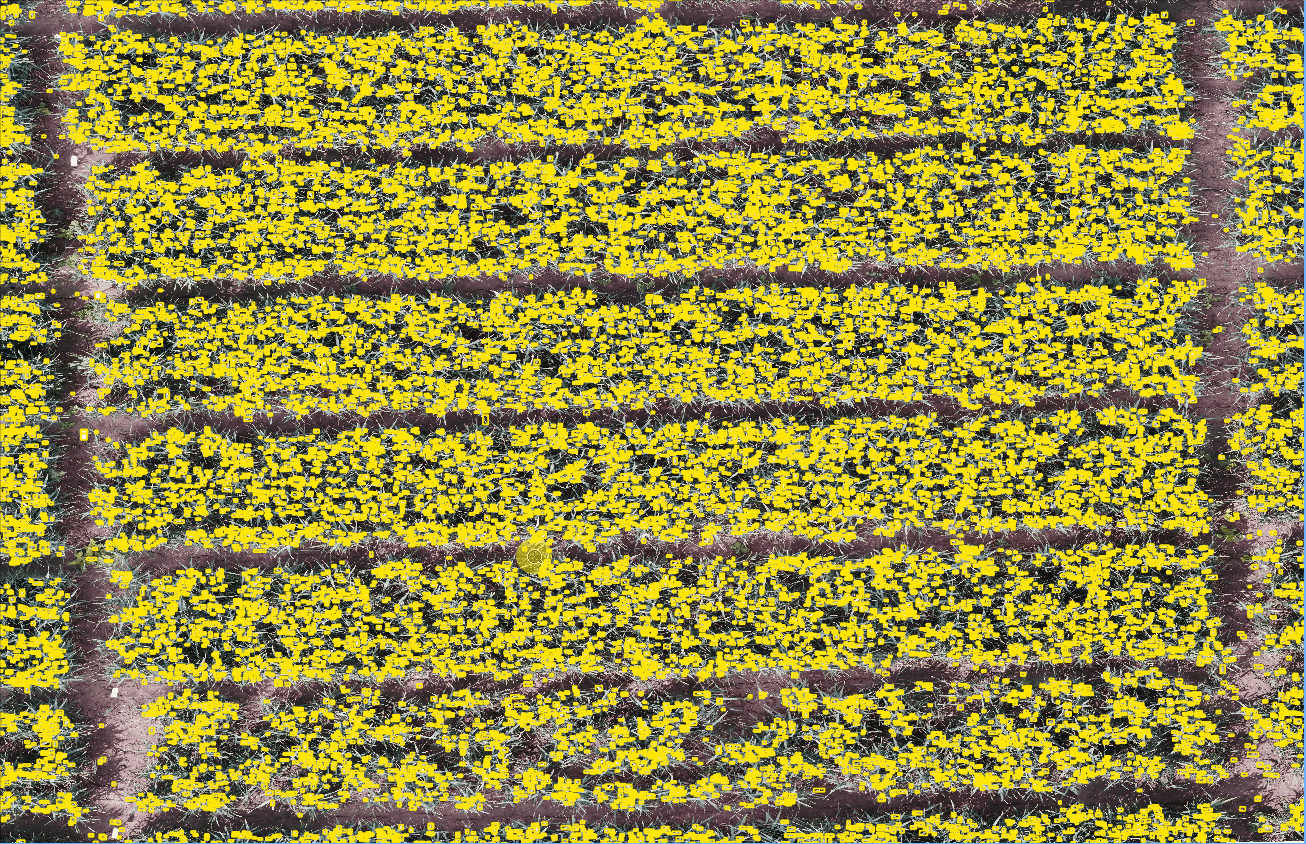
Detection of individual spikes
Innovation is key
The evaluations of CCI and spike counting by drone appear as promising tools to evaluate the effectiveness of biostimulants at different plant stages.
Next year we will continue the use of drone based phenotyping in our experiments and would be interested to evaluate their use for spike (i.e. Fusarium) and foliar diseases (i.e. Septoria, yellow rust) for example by combining spike or leaf detection with traits associated to chlorophyll content. This can open new avenues to develop quantitative tools for research in plant disease.
-----------------------------
Interested to learn more about mapEO and see how the platform can support your business? Register now for our upcoming webinar 'Drone based phenotyping with MicaSense sensors and mapEO' Tuesday 17 December 2019 at 17:00 (CET).
In this 45 minute webinar Erik De Badts (MicaSense) and Dries Raymaekers (VITO Remote Sensing) will explain how you can scale up your seed an agronomy expertise.
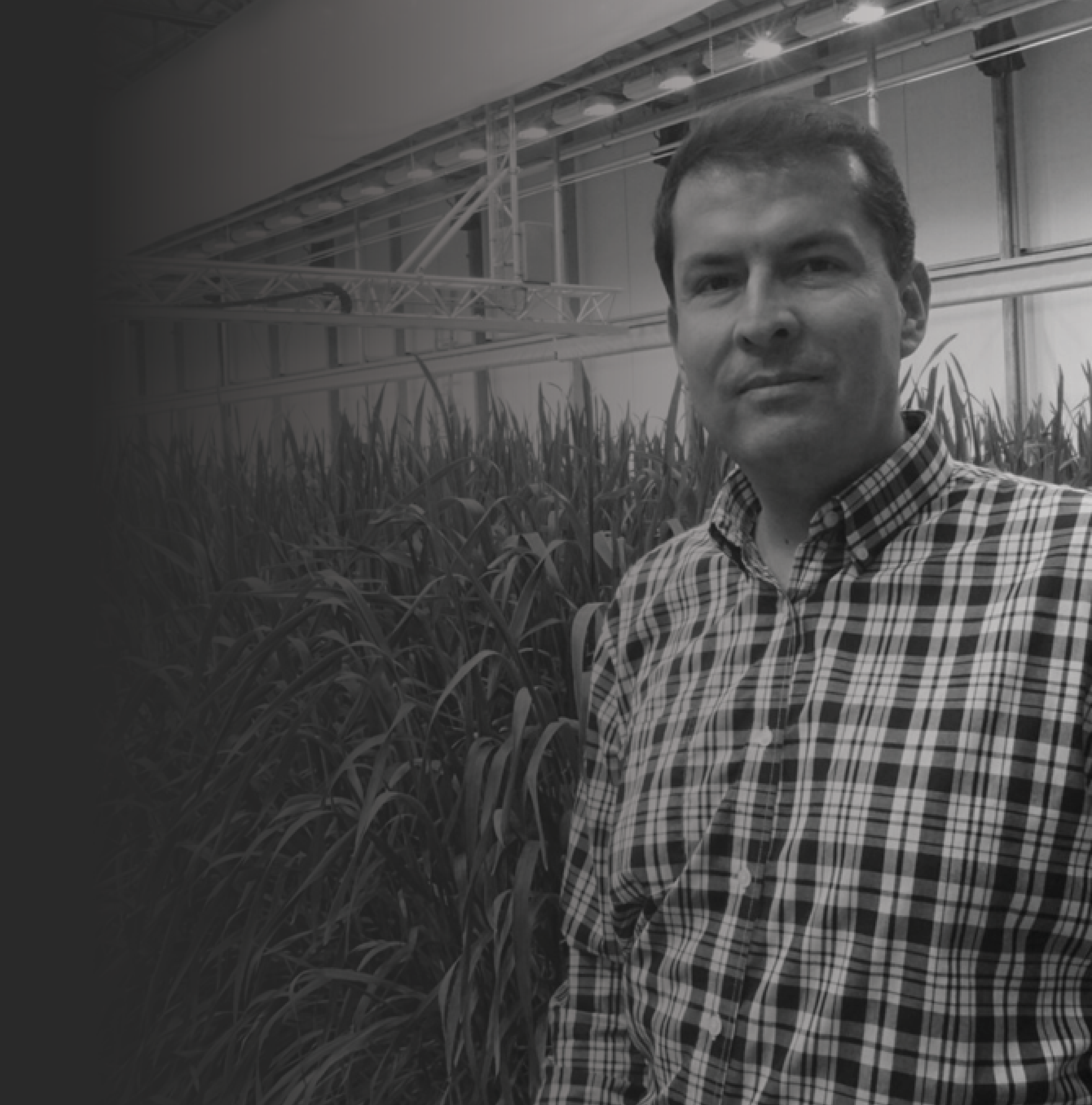
Aphea.Bio
Aphea.Bio

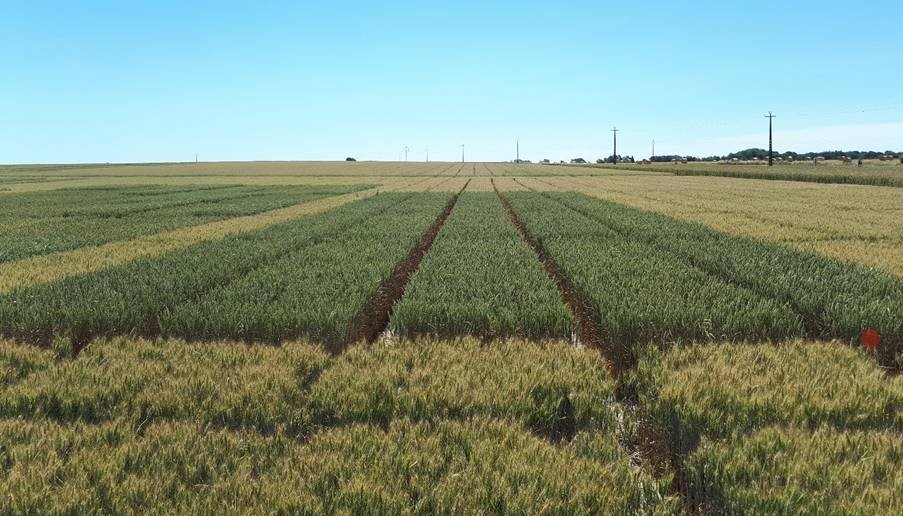
/Blog_WorldCereal_1200x650.png)
/lewis-latham-0huRqQjz81A-unsplash.jpg)
/background_image_blog.jpg)